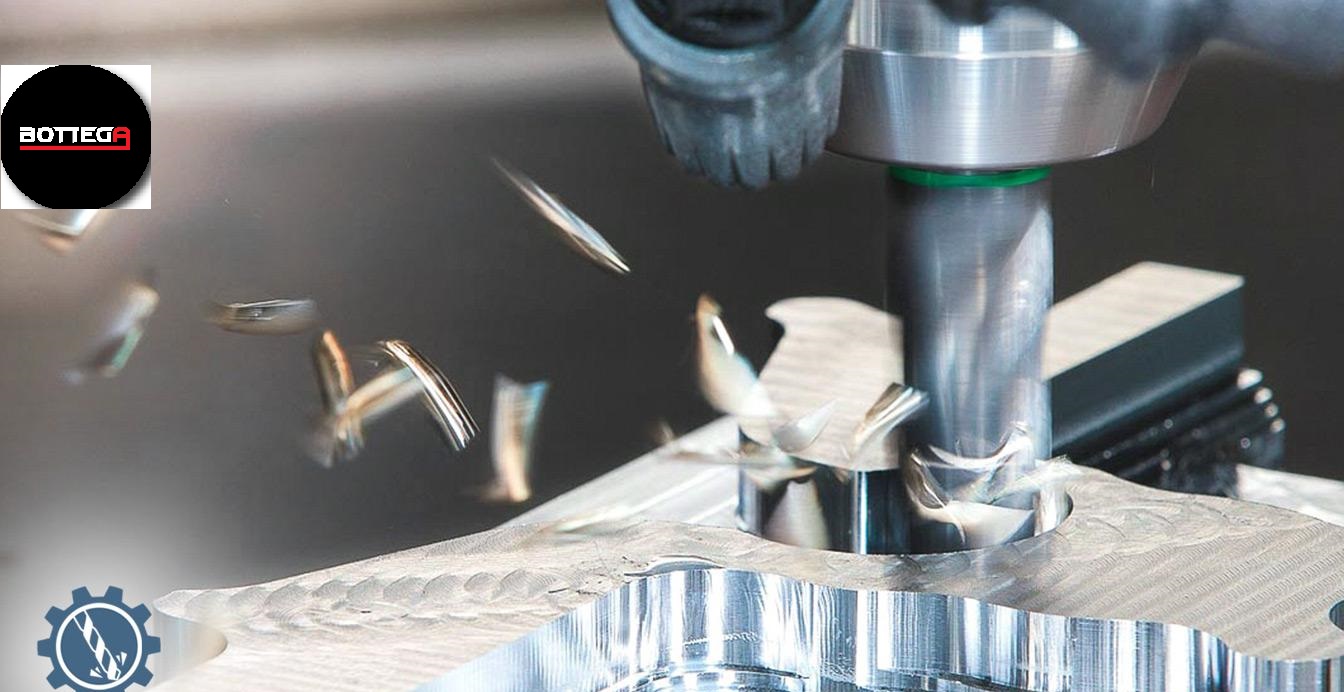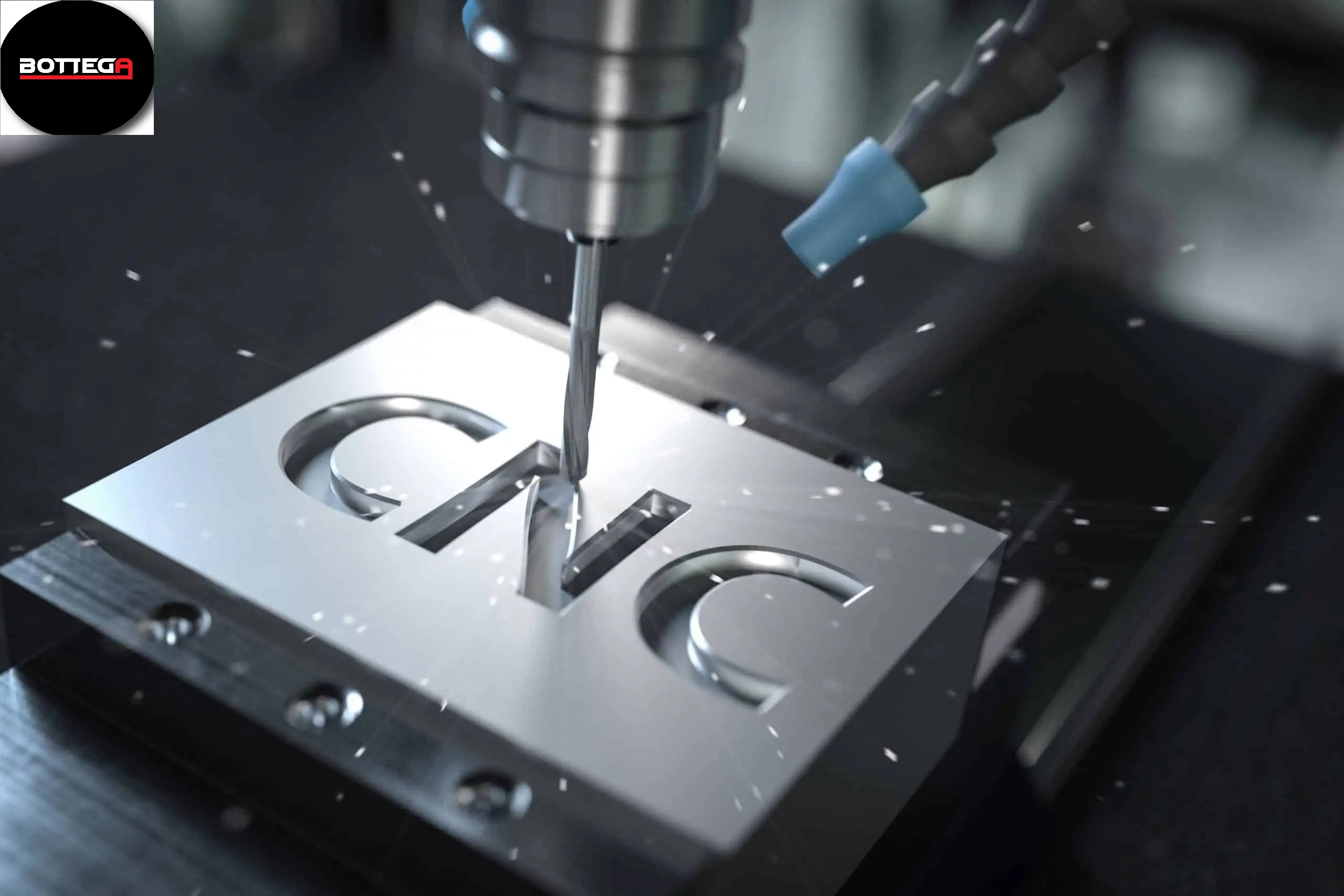Understanding the intricacies of CNC machining and its workflow can be a daunting task. From the initial design stages to the creation of a tangible product, there are numerous steps involved in bringing an idea to life.
However, fear not, for in this article we will delve into the world of CNC machining NZ, unravelling its complexities and shedding light on each stage of the process.
Understanding the Basics of CNC Machining
CNC machining, an acronym for Computer Numerical Control machining, is a revolutionary process that has transformed the manufacturing industry. It involves the use of computer-controlled machines to precisely cut, shape, and fabricate various materials into intricate designs.
The beauty of Best CNC machining in NZ lies in its ability to execute complex tasks with utmost accuracy and efficiency.
At its core, CNC machining relies on a set of instructions called G-code to guide the machine’s movements. This code, generated through computer-aided design (CAD) software, outlines the specific coordinates and tooling paths required for creating a desired part or product.
The Workflow of CNC Machining
Meticulously orchestrated like a symphony, the workflow of CNC machining seamlessly transforms a design concept into a tangible reality. This precise process requires careful attention to detail and a harmonious collaboration between man and machine.

Step 1: Designing the CAD Model
In the realm of CNC machining NZ, the first step towards transforming an idea into a tangible reality begins with designing a Computer-Aided Design (CAD) model.
This pivotal stage requires meticulous attention to detail and a keen artistic eye. The virtuosity lies in capturing even the most intricate nuances of the envisioned object, coaxing life into it through lines and shapes that dance on the digital canvas.
The artistry behind designing a CAD model is awe-inspiring. Each stroke of the virtual pen carries with it an unwavering determination to transform mere imagination into something tangible—a symphony of curves, angles, and dimensions that will later guide the CNC machine’s precise movements.
Step 2: Preparing the CAM file
As we delve deeper into the intricate world of CNC machining, we arrive at a crucial step in the workflow: preparing the CAM file.
CAM, which stands for Computer-Aided Manufacturing, is an essential component that bridges the gap between the digital design and its physical manifestation. This step transforms the CAD file into machine-readable instructions, ensuring precise and accurate execution.
To prepare the CAM file, specialized software comes into play. With its advanced algorithms and computational prowess, it analyses the CAD model and generates toolpaths that dictate how the CNC machine will move and operate.
Step 3: Selecting the Appropriate Materials
The choice of materials in CNC machining plays a pivotal role in determining the final outcome of the project.
The selection process requires careful consideration of various factors such as the required strength, durability, and aesthetics. It is imperative to choose materials that align with the design goals, ensuring that the end product not only meets functional requirements but also exudes an appealing visual appeal.
Step 4: Setting Up the CNC Machine
With the CAD model prepared and the CAM file ready, it’s time to move on to the crucial step of setting up the CNC machine. This is where skilled technicians come into play, meticulously configuring the machine to bring your design to life.
Firstly, they carefully position and secure the raw material onto the machine’s worktable, ensuring precise alignment. The choice of material depends on various factors such as strength requirements, aesthetics, and ease of machining.
From metals like aluminium or steel to exotic materials like titanium or carbon fibre, the possibilities are vast.
Step 5: CNC Machining Process
Once the CNC machine is set up and ready to go, it’s time for the magic to happen. The machinist carefully loads the selected material onto the machine bed, securing it in place with clamps or fixtures.
With precision and finesse, the machine’s computer-controlled axes start to move, executing a series of complex cutting motions as dictated by the CAM file.
Step 6: Post-processing and Quality Control
With the completion of the CNC machining process, it is essential to undertake post-processing and quality control measures to ensure the final product’s excellence.
Post-processing involves removing any excess material or burrs, smoothing rough edges, and refining surface finishes. This meticulous attention to detail enhances both the aesthetics and functionality of the machined part.
Quality control is a crucial step that guarantees the accuracy and precision of the finished piece. Advanced metrology tools such as coordinate measuring machines (CMM) are employed to measure critical dimensions, tolerances, and geometric features.
Through meticulous inspections and rigorous testing procedures, manufacturers can affirm that each part meets or exceeds specifications set forth in the design phase.
Conclusion
As we reach the conclusion of this comprehensive exploration into the workflow of CNC machining NZ, it becomes abundantly clear that this remarkable technology has revolutionized the manufacturing industry.
From the initial design stages to the final product, every step in the process is meticulously executed to ensure precision and excellence. Through CNC machining, intricate designs are transformed into tangible reality, enabling unprecedented possibilities for innovation and creativity.
The future holds endless prospects as advancements in CNC machining continue to push boundaries and open new doors for industries across the globe.

